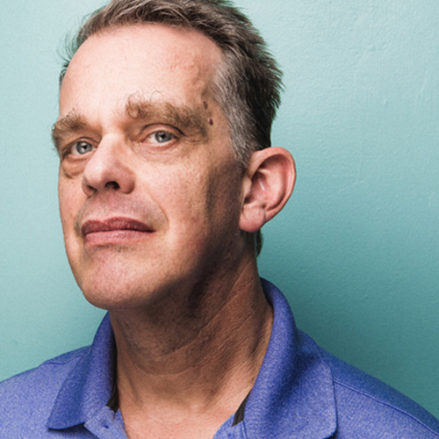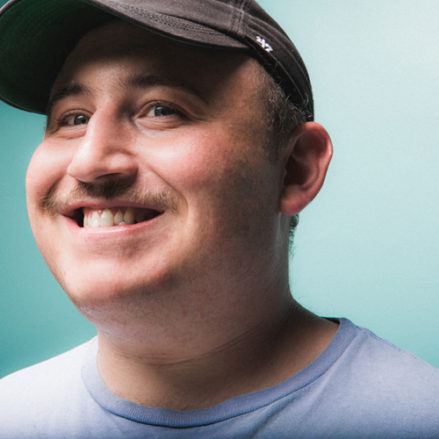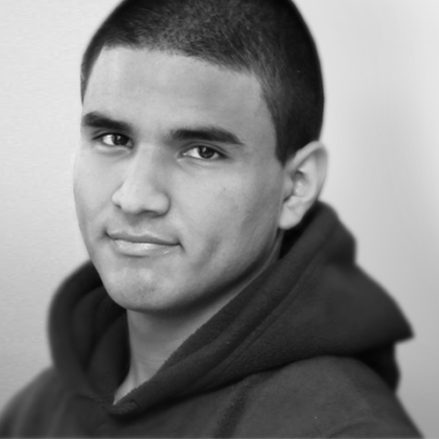Jonathan Shuman is a man who loves to travel the world, viewing the world in a positive and friendly way. He wants to share how he uses our philosophy of “create your journey” to live out his dreams. These are his thoughts from his trip to The Netherlands and Belgium.
Visiting Brussels, Belgium
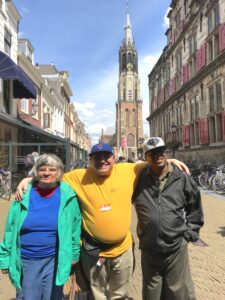 Today, my Search Beyond Adventures group went to Brussels in Belgium. We had to wake up at around 6 am in the morning, and we ate breakfast at around 7 am in the morning. Then, a shuttle van arrived in front of our Amsterdam hotel. We got in the shuttle van, and it took about 2-3 hours to drive in the shuttle from Hoofddorp, Netherlands, to Brussels, Belgium.
Today, my Search Beyond Adventures group went to Brussels in Belgium. We had to wake up at around 6 am in the morning, and we ate breakfast at around 7 am in the morning. Then, a shuttle van arrived in front of our Amsterdam hotel. We got in the shuttle van, and it took about 2-3 hours to drive in the shuttle from Hoofddorp, Netherlands, to Brussels, Belgium.
When we arrived in Brussels, the first thing we did was go to a chocolate factory called the Belgian Chocolate Village. We toured the chocolate factory and we learned how to make chocolate from cocoa beans which in turn originate from carob trees. Then, the cocoa beans are harvested. They are dried to prevent moisture, and they have to go through several different processes including a quality check. The cocoa beans are then shipped around the world to factories and are then crushed and formed into chocolate and milk is optionally added to the chocolate. We also saw models made out of chocolate such as the Atomium and Les Arcades de la Cinquantenaire.
For lunch, we went to a Mediterranean restaurant called Snack Simonis. I ate a chicken wrap sandwich with French fries on the side. After that, our group went into the city of Belgium and we saw the murals of famous Belgian comic strip characters such as Tintin and Asterix and Obelix. I also got my photo taken in front of the iconic Manneken Pis which is the statue of a boy with water coming out of his genitals but it’s a fountain. We also did lots of shopping in Brussels. I bought a pack of stroopwafels that I’m going to give to my mother as a present and souvenir.
 In the street, we danced to music by street musicians who did cover versions of songs such as “Despacito” by Luis Fonsi and Daddy Yankee. We also went to a cathedral and took photos inside and outside of the cathedral. Later, I ate a Belgian waffle with chocolate syrup on top. It tasted creamy and sweet and tender.
In the street, we danced to music by street musicians who did cover versions of songs such as “Despacito” by Luis Fonsi and Daddy Yankee. We also went to a cathedral and took photos inside and outside of the cathedral. Later, I ate a Belgian waffle with chocolate syrup on top. It tasted creamy and sweet and tender.
For dinner, we went to a Belgian restaurant called La Rose Blanche. I ate meatballs in tomato sauce with French fries. It tasted tender and fresh. After our trip was over, we got back into the shuttle van and we drove for 2-3 more hours and we arrived back in Hoofddorp Netherlands. I had such a great time in Brussels, Belgium. It was pleasant visiting Brussels and speaking both French and Dutch.
Tomorrow our group will go to Delft to see a pottery store where the Dutch make blue and white colored pottery items such as plates and tablets, etc.
So for now, Au revoir and Tot ziens and have a goede vakantie.
Learning About Dutch Pottery
Today, we woke up at 7:00 in the morning and went downstairs to eat breakfast at 8:00. Then, we took the train to go to this little Dutch city called Delft.
When we were in Delft, we went to this pottery factory where the Dutch make pottery that is colored blue and white. A guide gave us a tour of the Dutch pottery factory by a potter who showed us how pottery was made. Pottery can be made by molding a form out of clay, then it is kept in the refrigerator overnight. Then the artist paints the piece white. Next, the artist draws designs in black ink on the piece. After that, the piece is dipped into glaze which conceals the design. Finally, the piece is put into an oven where the glaze is removed and the potter paints the design blue and white. Voilà, there is a piece of pottery that’s completed.
 After we took a tour of the pottery factory in Delft, we ate lunch at a Mediterranean restaurant. I ordered a chicken wrap sandwich with lettuce ketchup and mayonnaise and French fries on the side. After lunch, we strolled through Delft, Netherlands viewing the canals, cathedrals, and even a horse drawn carriage.
After we took a tour of the pottery factory in Delft, we ate lunch at a Mediterranean restaurant. I ordered a chicken wrap sandwich with lettuce ketchup and mayonnaise and French fries on the side. After lunch, we strolled through Delft, Netherlands viewing the canals, cathedrals, and even a horse drawn carriage.
Then later, around 3-4 pm, we went back to the Hampton by Hilton hotel and we relaxed for a bit. We tried to eat dinner downstairs but unfortunately the bar that only serves dinner on 5 days – not Sundays. Instead we ordered dinner from a Hawaiian poke restaurant, which is located near Amsterdam Netherlands.
Tomorrow we might do one last thing before we head back to Chicago, Illinois, the next day. Until then, Goodbye or Tot ziens as in Dutch and have a goede vakantie.
Last Day in Amsterdam
 Today, we woke up at around 5 am and ate breakfast. Then, we went into the city of Amsterdam. Our first stop was to visit the Anne Frank House. This is the same house that Anne Frank and her family hid from the Nazis during World War II.
Today, we woke up at around 5 am and ate breakfast. Then, we went into the city of Amsterdam. Our first stop was to visit the Anne Frank House. This is the same house that Anne Frank and her family hid from the Nazis during World War II.
When Adolf Hitler rose to power in Germany during the 1930s, the Frank family moved from Germany to Amsterdam where they hid in an apartment’s secret room concealed by a bookcase. They couldn’t make noises and they couldn’t run water or flush the toilet or they would be found by the Nazis. Miep Gies was one of the people who helped Anne Frank and her family hide from the Nazis.
In 1944, one of the neighbors eventually found the Frank family and Nazis imprisoned the family. The Nazis deported Anne Frank’s family to Auschwitz Birkenau concentration camp. Anne Frank died in August of 1945. Her diary that she kept with her when she was hiding with her family still survives even to this day.
This reminded me about human rights and the negative effects of racism and intolerance inflicted by the Nazis. It also reminded me that human beings are the most destructive forces ever to roam the face of the earth. Humans are also responsible for the evils in this world such as they litter, they drive cars which emit carbon and they destroy the planet and human beings kill other people and animals for food as well. I still think fantasy is better than reality. Which do you think is better: humans or dragons? I honestly think dragons are better than humans.
 After we took a tour of the Anne Frank house, we took a cruise ferry tour on an orange ferry along the Prinsengracht canal. We saw the architectural buildings and we learned about the history of the Netherlands and Amsterdam. During the 17th century, there was a Golden Age in the Netherlands when painters such as Jan Steen, Vincent Van Gogh, and Johannes Vermeer flourished.
After we took a tour of the Anne Frank house, we took a cruise ferry tour on an orange ferry along the Prinsengracht canal. We saw the architectural buildings and we learned about the history of the Netherlands and Amsterdam. During the 17th century, there was a Golden Age in the Netherlands when painters such as Jan Steen, Vincent Van Gogh, and Johannes Vermeer flourished.
After that, we took the Amsterdam tram from the city of Amsterdam back to Amsterdam Centraal and from there we took the train to Schiphol Airport. Finally, we took a shuttle bus back to the Hampton by Hilton hotel.
Tomorrow, Tuesday June 11, 2019, we have to wake up at around 4:30 am because our flight leaves at 9:05 am back to JFK airport. Then I will fly into Chicago from New York City.
I want to say Goodbye or Tot ziens to Amsterdam & Brussels. It has been a pleasure visiting. I’m going to miss you two. I hope to see you again someday in the future. Dank je wel.
Have a goede vakantie.
View Jonathan’s England and Ireland trip journals, starting with part 1. You can support participants to “create your journey,” this year’s theme for our spring event, by attending SPARK on Saturday, November 7th.

 In Illinois, you can
In Illinois, you can 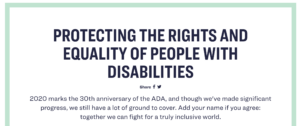 Almost all of the major candidates for the Democratic nomination have drafted disability policies and plans – for the first time. As a voter with disabilities, you will want to research these plans, but make sure that you are also researching other issues & local ballot initiatives too. The following major candidates have plans for people with disabilities on their websites:
Almost all of the major candidates for the Democratic nomination have drafted disability policies and plans – for the first time. As a voter with disabilities, you will want to research these plans, but make sure that you are also researching other issues & local ballot initiatives too. The following major candidates have plans for people with disabilities on their websites: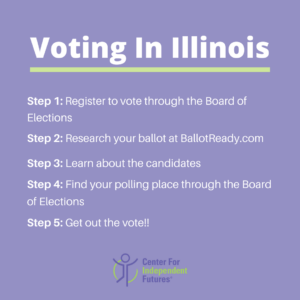 Illinois’ early voting period runs from March 2 – March 16. You can also vote on election day, March 17th from 6am – 7pm. Use the Board of Elections’ Voter Registration Lookup tool to find your polling location.
Illinois’ early voting period runs from March 2 – March 16. You can also vote on election day, March 17th from 6am – 7pm. Use the Board of Elections’ Voter Registration Lookup tool to find your polling location.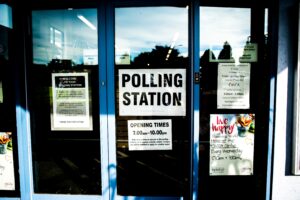 Now that you’re a registered, educated voter, what are the next steps you can take? This is the time to choose your candidates and then volunteer! You can call, text, or knock doors to spread the word about your favorite candidate.
Now that you’re a registered, educated voter, what are the next steps you can take? This is the time to choose your candidates and then volunteer! You can call, text, or knock doors to spread the word about your favorite candidate. 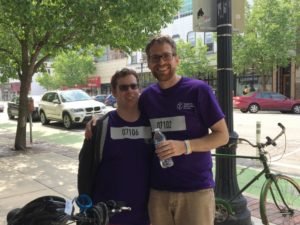 Two years ago, Independent Futures partnered with an agency on the west side of Chicago. One of our tutors, Rob Larson, initially trained our new partner on what it meant to provide person-centered service.
Two years ago, Independent Futures partnered with an agency on the west side of Chicago. One of our tutors, Rob Larson, initially trained our new partner on what it meant to provide person-centered service. 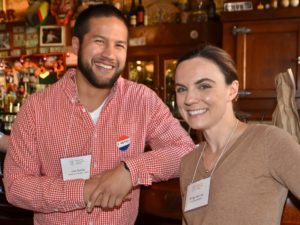 Jake Rohde, a training consultant and tutor, visited the agency late this summer. Whereas Rob taught the organization about our philosophy, now Jake would work to help implement the My Full Life tool.
Jake Rohde, a training consultant and tutor, visited the agency late this summer. Whereas Rob taught the organization about our philosophy, now Jake would work to help implement the My Full Life tool. 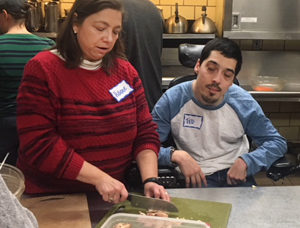 Since then, Linda’s behavior has changed dramatically. Like everyone does, she still may have difficult days. But at the end of most days, Linda visits her coaches and fellow participants with a calendar, marks off the day, and she eagerly tells each of them, “Today was a good day.”
Since then, Linda’s behavior has changed dramatically. Like everyone does, she still may have difficult days. But at the end of most days, Linda visits her coaches and fellow participants with a calendar, marks off the day, and she eagerly tells each of them, “Today was a good day.” Our partner’s next step is to continue interviewing their participants, building plans for each individual they serve. Jake will return to train the agency on using My Full Life as a goal-tracking and skill development tool.
Our partner’s next step is to continue interviewing their participants, building plans for each individual they serve. Jake will return to train the agency on using My Full Life as a goal-tracking and skill development tool. 
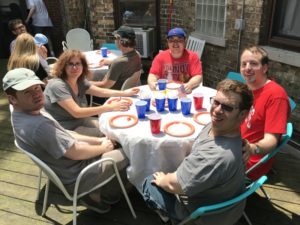

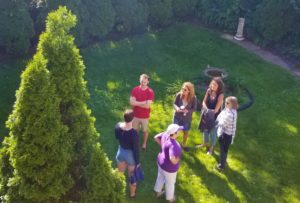 By now, you may be convinced that it is time to start planning for your loved one’s next home. After a few frustrating late night sessions with Google, you realize that finding community housing options for people with disabilities isn’t easy. After you have begun applying for or securing funding, what do you do next?
By now, you may be convinced that it is time to start planning for your loved one’s next home. After a few frustrating late night sessions with Google, you realize that finding community housing options for people with disabilities isn’t easy. After you have begun applying for or securing funding, what do you do next? 

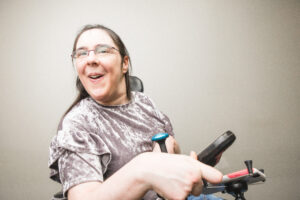 Together, the pair went over tips and what to expect in informational interviews. Sarah’s dream job was to be an assistant teacher. “The best I thought I could shoot for was taking tickets,” Sarah said. But then, her informational interview took a positive turn.
Together, the pair went over tips and what to expect in informational interviews. Sarah’s dream job was to be an assistant teacher. “The best I thought I could shoot for was taking tickets,” Sarah said. But then, her informational interview took a positive turn. 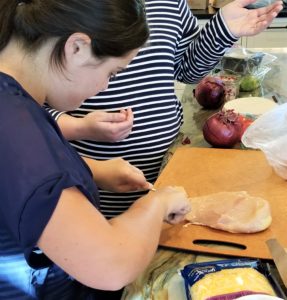 For the rest of the year, startlingly high unemployment rates for people with disabilities persists. We dream of a day when more individuals with disabilities have opportunities like this one that Sarah had, when community employers discover the gifts that individuals have to share.
For the rest of the year, startlingly high unemployment rates for people with disabilities persists. We dream of a day when more individuals with disabilities have opportunities like this one that Sarah had, when community employers discover the gifts that individuals have to share.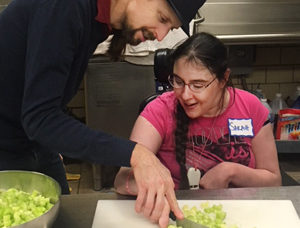 Since 1990, disability continues to be defined and redefined again. The Olmstead Act promoted community-based, independent living whenever possible. Recently, the ADA Amendments of 2008 altered the definition of “disabled” so it is easier to establish eligibility for protections.
Since 1990, disability continues to be defined and redefined again. The Olmstead Act promoted community-based, independent living whenever possible. Recently, the ADA Amendments of 2008 altered the definition of “disabled” so it is easier to establish eligibility for protections. 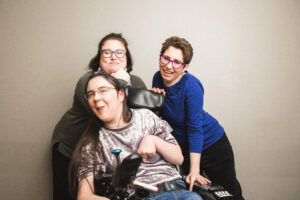 At the end of the day, there are many reasons to hire people with disabilities and very few reasons not to. Ability is not a marker of a great employee; many individuals can work successfully without accommodations while allowing a person with disabilities to grow and achieve their dream.
At the end of the day, there are many reasons to hire people with disabilities and very few reasons not to. Ability is not a marker of a great employee; many individuals can work successfully without accommodations while allowing a person with disabilities to grow and achieve their dream. 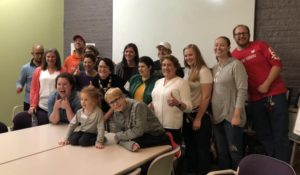 Every member of Team CIF is responsible for raising at least $1,250 as part of being on a
Every member of Team CIF is responsible for raising at least $1,250 as part of being on a  After reading about some of our amazing team members, you may find yourself thinking, “I want to get involved! But how?” Luckily, there are many ways you can support the team!
After reading about some of our amazing team members, you may find yourself thinking, “I want to get involved! But how?” Luckily, there are many ways you can support the team!  IEPs, or Individualized Education Plans, are meant to be documents supporting the development of a student with disabilities. Required by law under IDEA (
IEPs, or Individualized Education Plans, are meant to be documents supporting the development of a student with disabilities. Required by law under IDEA (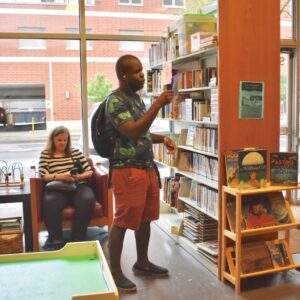 For this tip, teachers and family members can work together. Focus on the student. This may sound simple, but it is actually a much more involved process. Educators can focus on teaching students how to create their own measurable goals. Once the student understands
For this tip, teachers and family members can work together. Focus on the student. This may sound simple, but it is actually a much more involved process. Educators can focus on teaching students how to create their own measurable goals. Once the student understands 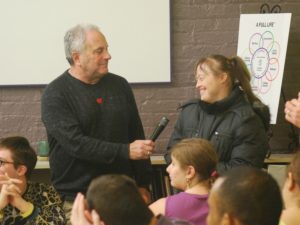 Happiness is one factor in many families’ decisions. The costs associated with care are another concern. According to
Happiness is one factor in many families’ decisions. The costs associated with care are another concern. According to 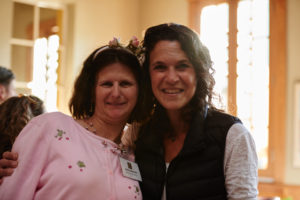 When direct service professionals focus on teaching life skills, such as cooking healthy meals and cleaning their home, an individual’s need for support in skill areas decreases. Learning life skills like these doesn’t only help individuals with disabilities maintain their spaces. It also helps them build community connections and employment skills.
When direct service professionals focus on teaching life skills, such as cooking healthy meals and cleaning their home, an individual’s need for support in skill areas decreases. Learning life skills like these doesn’t only help individuals with disabilities maintain their spaces. It also helps them build community connections and employment skills.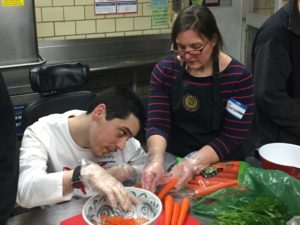 Home and community-based services funds have the potential to be used for a number of non-medical needs. Supports like employment help, remote monitoring equipment, and peer services aren’t traditionally covered. But with home and community-based services, access grows. Each of these supports can help an individual with disabilities achieve their dream of living in a community.
Home and community-based services funds have the potential to be used for a number of non-medical needs. Supports like employment help, remote monitoring equipment, and peer services aren’t traditionally covered. But with home and community-based services, access grows. Each of these supports can help an individual with disabilities achieve their dream of living in a community.

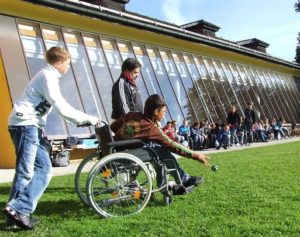 In each of these every day activities, these parents realized that their own fear was holding their child with disabilities back. Fearing the risks that come with everyday life, parents become overprotective and try to remove obstacles for their child. However, parents understand they can’t protect their child forever. They realize that they need to let some risk in, no matter how small.
In each of these every day activities, these parents realized that their own fear was holding their child with disabilities back. Fearing the risks that come with everyday life, parents become overprotective and try to remove obstacles for their child. However, parents understand they can’t protect their child forever. They realize that they need to let some risk in, no matter how small.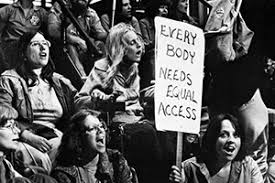 With increasingly
With increasingly  Supported by life skills tutoring, individuals with disabilities can choose their goals, based on their hopes and dreams. With the support of their community – which can include family, neighbors, employers, as well as direct service professionals – people with disabilities’ quality of life can be improved immeasurably.
Supported by life skills tutoring, individuals with disabilities can choose their goals, based on their hopes and dreams. With the support of their community – which can include family, neighbors, employers, as well as direct service professionals – people with disabilities’ quality of life can be improved immeasurably.